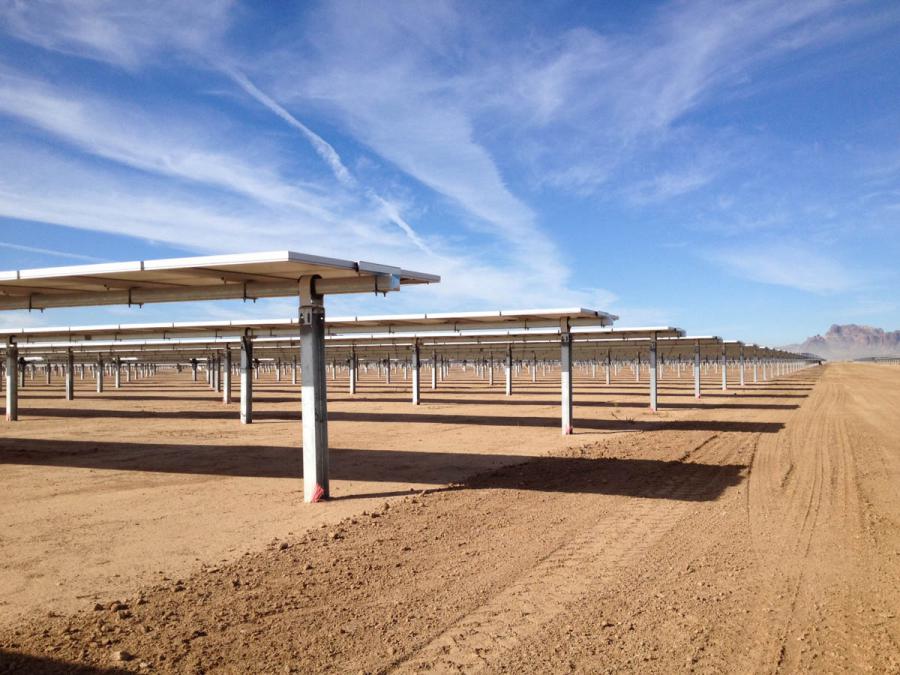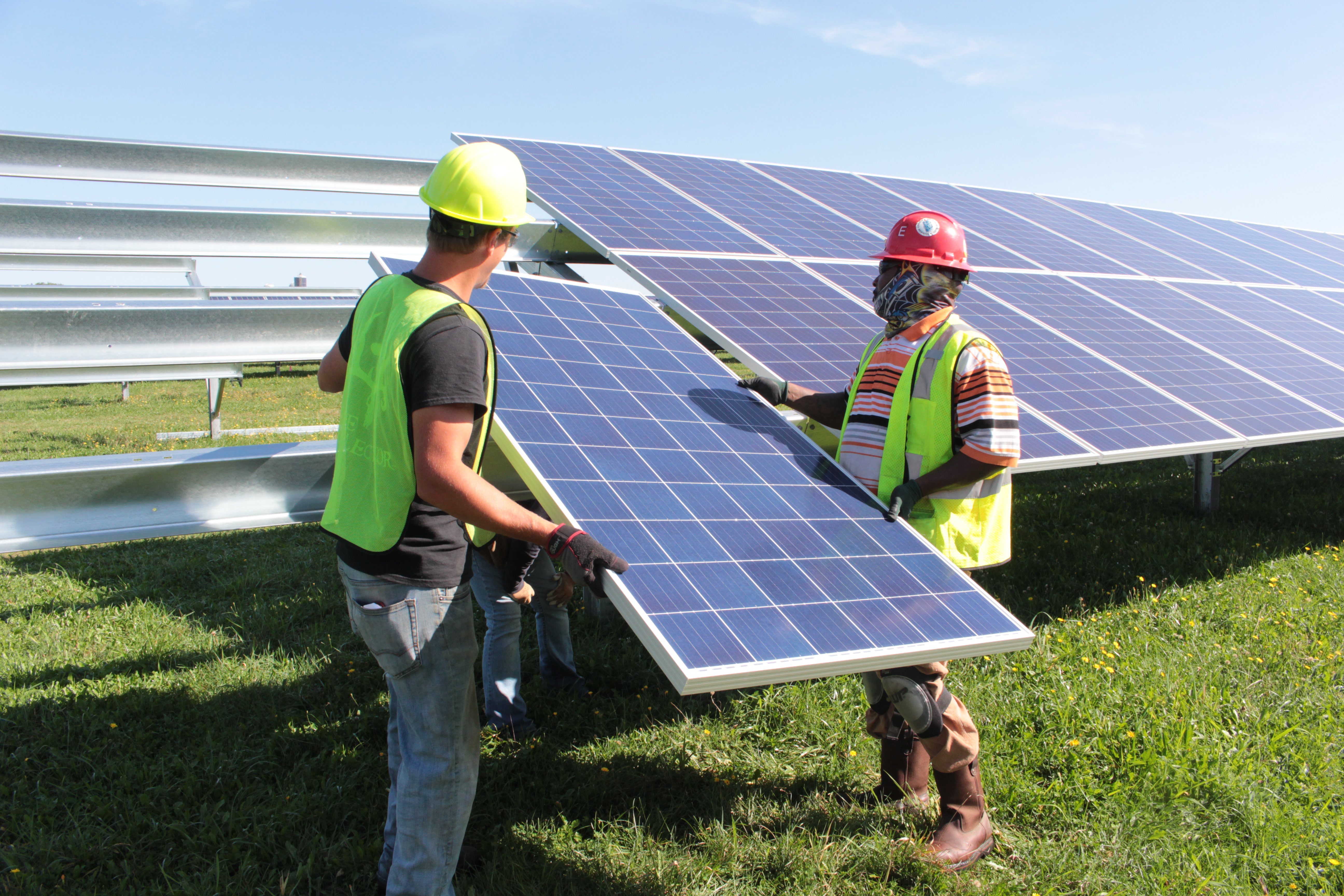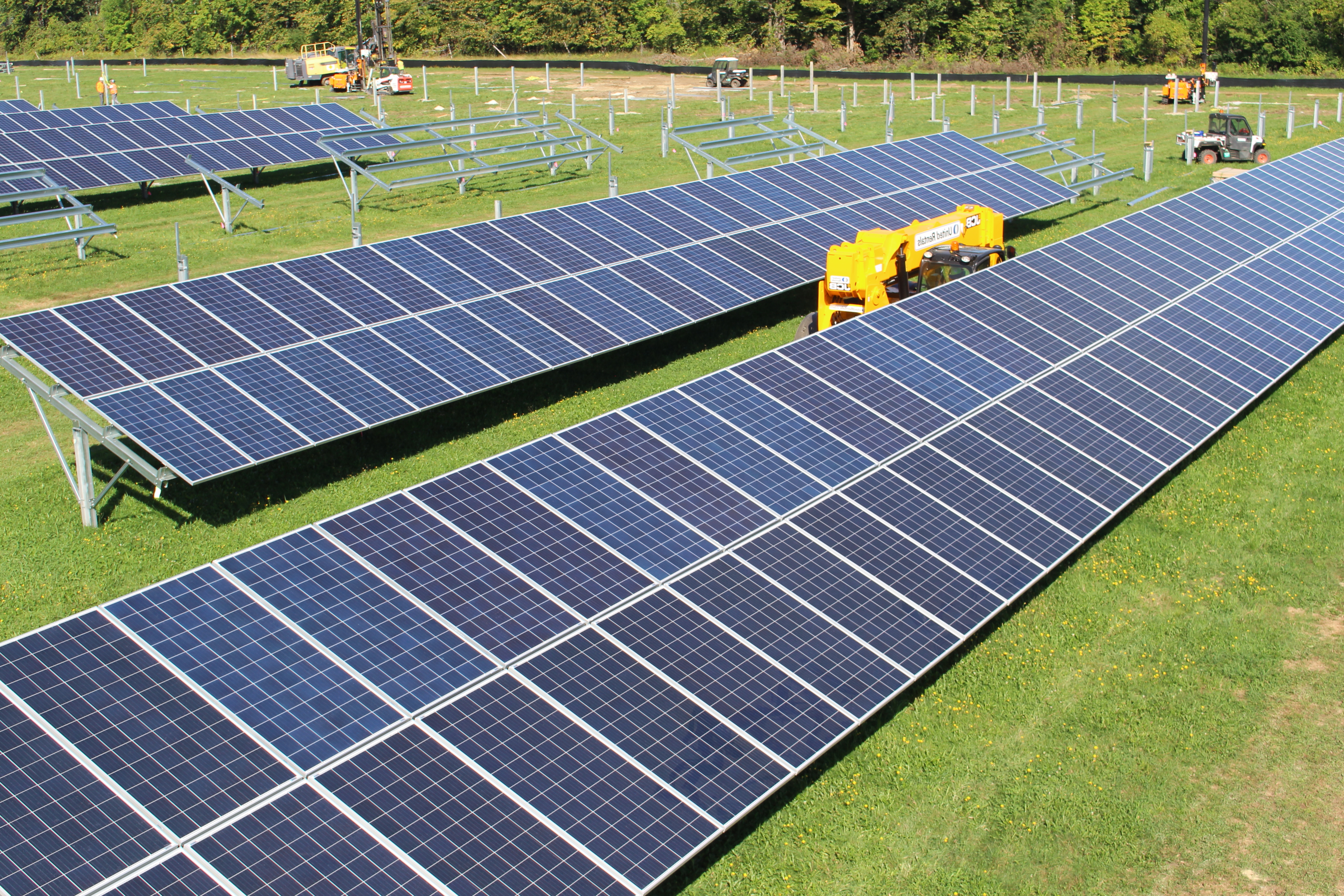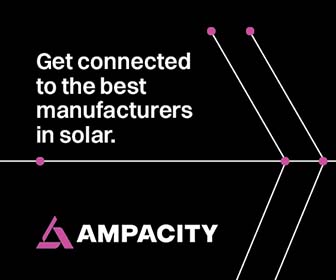Forecasting EPC Prices: Challenges and Possibilities
As the Investment Tax Credit step down becomes more imminent in 2020, and beyond, EPCs and installers have seen renewed price pressure on lower-cost delivery of solar systems. As a matter of course, construction and delivery firms regularly receive RFPs from owners and developers regarding their project pipelines "post-ITC." Unfortunately, guidance for EPC pricing 4-5 years in the future is extremely unreliable, and often exacerbated as developer-owners compete on PPAs based on "guesstimate" forward cost curves.
 SEIA, NREL, Wood McKenzie, and others continue to publish quarterly reports on residential, commercial, and utility scale system pricing. Even a cursory look at these reports will show that a) yes, pricing has come down 25 percent since 2015, and b) the vast majority of gains are due to module and inverter price dynamics. While installation companies can optimize purchasing through volume orders or master supply agreements, most contractors and developers have similar price visibility into the modules, inverters, and racking prices. These major components can make up over 55 percent of the turnkey cost, and dramatically change project economics because of prevailing duty and tariff legislation. From an EPC perspective, owners may then apply considerable pressure to optimize price on the 40-45 percent balance of plant, which largely consists of direct labor, engineering, and overhead/margin.
SEIA, NREL, Wood McKenzie, and others continue to publish quarterly reports on residential, commercial, and utility scale system pricing. Even a cursory look at these reports will show that a) yes, pricing has come down 25 percent since 2015, and b) the vast majority of gains are due to module and inverter price dynamics. While installation companies can optimize purchasing through volume orders or master supply agreements, most contractors and developers have similar price visibility into the modules, inverters, and racking prices. These major components can make up over 55 percent of the turnkey cost, and dramatically change project economics because of prevailing duty and tariff legislation. From an EPC perspective, owners may then apply considerable pressure to optimize price on the 40-45 percent balance of plant, which largely consists of direct labor, engineering, and overhead/margin.
In the emerging solar industry of 5-10 years ago, technology and delivery risk incurred higher margins and contingencies, typically in the mid to high teens. Margin expectations have declined significantly since the early 2010s (to the mid and low single digits), even as improvements have been made to reduce the amount of direct management and overhead. However, many in the solar industry regularly hear of projects and contractors burned by unexpected geotechnical, labor, permitting issues, et al. If these risks are not sufficiently captured, then they are priced in as contingency or change orders, provided the EPC contract entertains them. Margins are unlikely to be up for negotiation going forward.
As an overall portion of pricing, engineering is a relatively small percentage (roughly 2-5 percent), though a vitally critical component to the overall project success. While there may be opportunities to offshore some of the drafting work, the nature of local code compliance and local familiarity can often require specialist, time-intensive participation. Combined with a constrained technical-labor market, third-party engineering prices also appear to be increasing.
This leaves labor and productivity improvements. Direct labor can contribute 12 to 15 percent of project costs, with several large caveats: What are the prevailing and union or open shop wage requirements? Are there competing industries and projects? In short, labor costs and productivity must be measured in terms of the localcompetitive dynamics, such as how to compete with local projects that reduce labor availability, and how to reduce workforce turnover in the face of challenging site conditions (who wants to work in central Florida or central Texas in the middle of August?). Additionally, EPCs must closely evaluate remote site locations as to how they can find capable workforces to complete the work.
 It's important to note that installation rates have improved significantly over the last several years; some tracker manufacturers now have a global supply network with the ability to support installation velocities of 10MW to 15MW (or more) installed per week. Much of this improvement has been due to the very significant engineering and design work that racking companies have put into reducing the number connection nodes on their equipment, in addition to providing extensive support in optimizing phased delivery (other firms have attempted to make headway in prefabricated racking "tables" that can be effectively craned/winched from the back of a truck and installed as blocks, though it remains unclear how truly cost effective this will be given upfront costs of prefabrication). Anecdotally, however, dramatic increases in delivery and productivity rates are unlikely to improve without some form of automation, which has yet to gain industry-wide traction. The incremental process of improving installation productivity is countered by anticipated normal year-over-year wage inflation (roughly 2-3 percent annualized). The political and moral judgements regarding wage inflation and buying power aside, the fundamental issue is that, as major component costs of a solar project continue to decline, labor is going to make up a larger and larger share of the overall cost - a portion likely to grow for the foreseeable future.
It's important to note that installation rates have improved significantly over the last several years; some tracker manufacturers now have a global supply network with the ability to support installation velocities of 10MW to 15MW (or more) installed per week. Much of this improvement has been due to the very significant engineering and design work that racking companies have put into reducing the number connection nodes on their equipment, in addition to providing extensive support in optimizing phased delivery (other firms have attempted to make headway in prefabricated racking "tables" that can be effectively craned/winched from the back of a truck and installed as blocks, though it remains unclear how truly cost effective this will be given upfront costs of prefabrication). Anecdotally, however, dramatic increases in delivery and productivity rates are unlikely to improve without some form of automation, which has yet to gain industry-wide traction. The incremental process of improving installation productivity is countered by anticipated normal year-over-year wage inflation (roughly 2-3 percent annualized). The political and moral judgements regarding wage inflation and buying power aside, the fundamental issue is that, as major component costs of a solar project continue to decline, labor is going to make up a larger and larger share of the overall cost - a portion likely to grow for the foreseeable future.
In large part, the phenomenal growth curve of solar has been driven by broader macroeconomic trends, such as manufacturing supply capacity in China and import tariff assessments. Importantly, improvements in module efficiencies have also played a role in cost reductions; a general rule of thumb being that every 10W increase in module wattage can yield $0.005/watt savings on racking, wiring, and installation labor. However, laboratory improvements in module efficiencies can be challenging to commercialize across multiple manufacturing lines; theoretical efficiency limits may mean increasingly marginal returns on R&D investment. As China cuts its renewable subsidy program, a potential panel supply glut could mean less focus on efficiency and cost improvements in the short term.

The EPC industry has not bottomed out on cost improvements. If we've learned anything, it's that if you're not innovating, you're dying. On the whole, organizations have found the low-hanging fruit, and have passed those savings to the customer; now it is time to climb the tree to get the harder-to-reach cost-saving opportunities. The days of predictable 10 percent annualized cost reductions are unlikely to return, meaning that price information based on unquantified site risks, several years into the future, is going to be highly conservative. Further, as all signs point to banner installation years for utility-scale solar, we may start to see limited EPC capacity for both project delivery, and pre-construction forecasting.
Bill Hargett is Director of Business Development - Renewables for JE Dunn Construction Company. Serving more than 13 years in the industry, Bill has project development and equipment and engineering sales experience, both internationally and domestically. His expertise includes functional technical knowledge of large-scale Power Generation technologies, Battery Energy Storage Systems, Photovoltaics, Gas to Liquids, Combined Heat and Power, Concentrated Solar Power, and Geothermal.
JE Dunn Construction | www.jedunn.com
Author: Bill Hargett
Volume: 2019 March/April








.png?r=3529)



